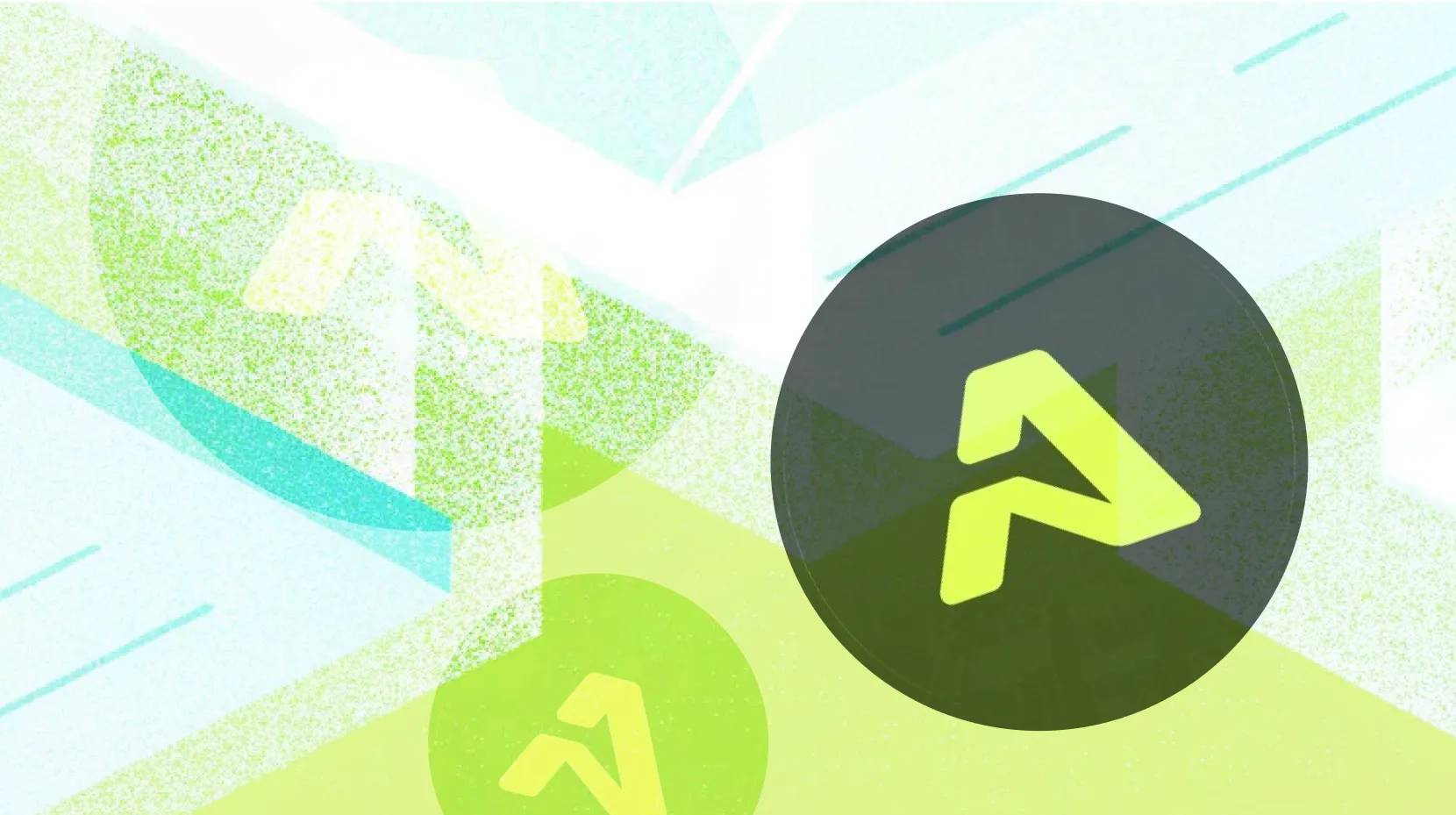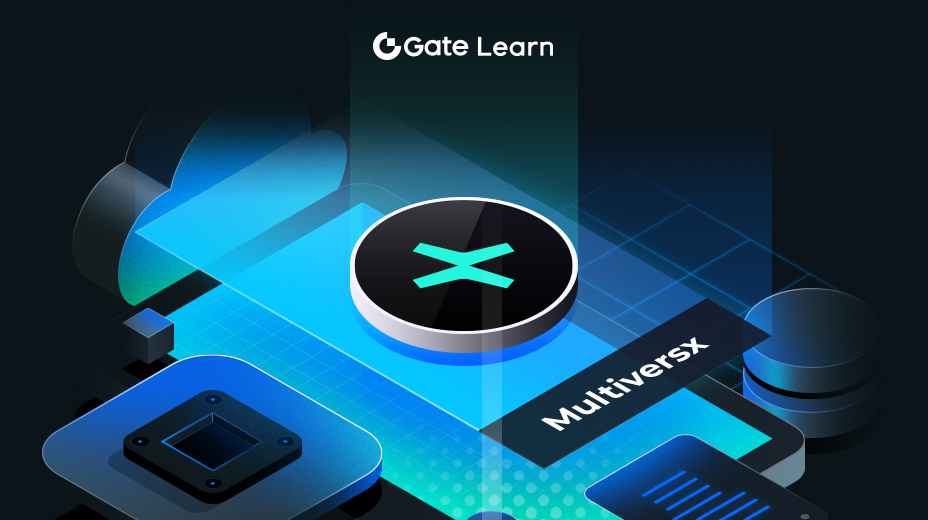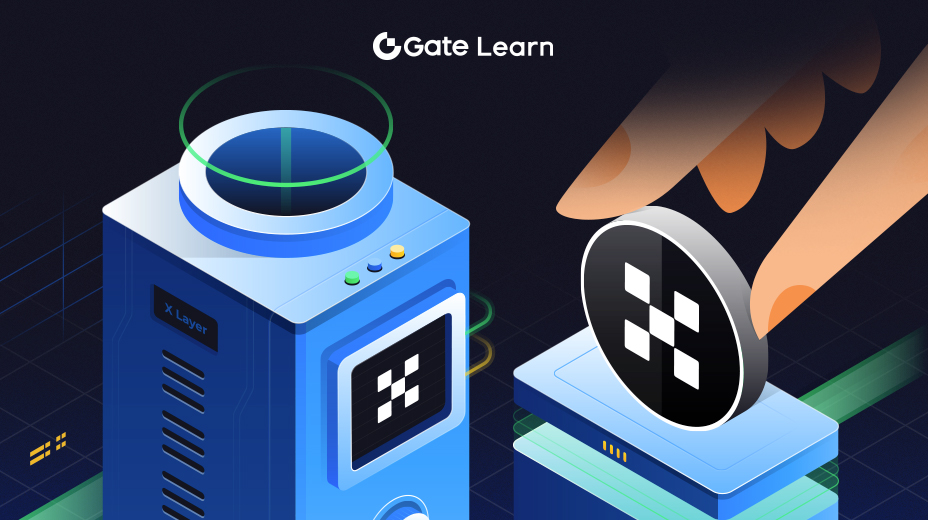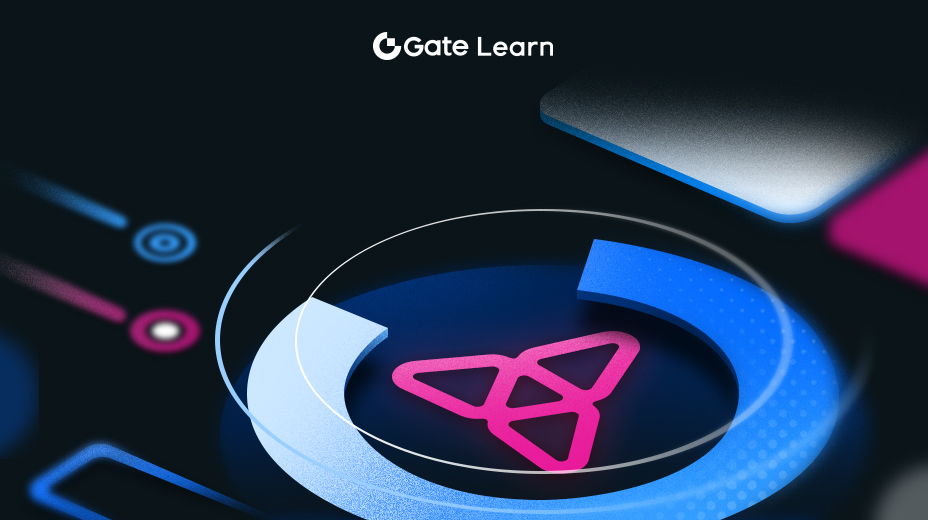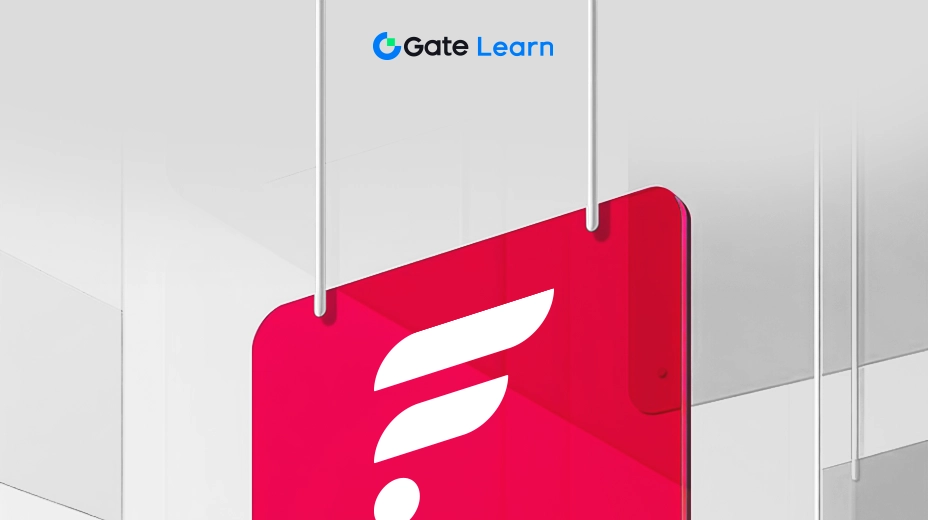高级功能与集成
本模块涵盖Loopring API和SDK的详细概述、NFT功能及用例、以及Loopring生态系统内的跨链和资产代币化服务。
Loopring API和SDK
Loopring提供了一套API和SDK,旨在促进其去中心化交易所(DEX)及相关服务在应用中的集成。
Loopring API允许开发人员以编程方式与Loopring协议进行交互,实现诸如交易、订单管理和数据检索等功能。通过该API,开发人员可以访问实时市场数据、检索账户余额以及以编程方式执行交易。这种灵活性使得开发自定义交易机器人、投资组合管理工具和其他高级交易应用成为可能。它还支持WebSocket连接,提供订单簿变化、交易和其他市场事件的实时更新和通知。
Loopring的SDK可以简化在Loopring协议上构建的过程。例如,JavaScript SDK提供了一套预构建的函数和工具,用于与Loopring API交互,包括管理用户账户、执行交易和与Loopring DEX互动的方法。SDK支持签名生成和验证,确保与协议的安全交互。
开发者可以使用SDK在Loopring网络上创建、铸造、转移和交易NFT。它提供详细的指南和示例代码,帮助开发者快速开始NFT集成,使其更容易构建利用zkRollup技术的去中心化应用(dApps)。
Loopring SDK还包括用于管理流动性池和自动做市商(AMM)的工具。开发者可以使用这些工具创建和管理流动性池,在这些池内执行交易,并监控池的表现。这一功能对构建需要高效流动性管理和高频交易能力的DeFi应用尤其有用。
NFT功能和用例
Loopring对NFT的支持是其平台的重要方面,允许在传统代币交易之外实现各种应用。NFT可以用于不同的场景,其用例包括数字艺术和收藏品、游戏和虚拟地产等。开发者可以使用Loopring SDK创建和管理NFT集合、铸造单个NFT以及管理这些资产的所有权和转移。此功能使得将NFT功能集成到现有应用中或构建全新的专注于NFT的dApp变得更加容易。
跨链和资产代币化服务
跨链操作允许资产在不同区块链网络之间转移,增强了互操作性并扩大了数字资产的可用性。在Loopring中,这些功能通过代币桥和互操作性协议来实现,利用跨链桥在以太坊和其他区块链网络之间转移资产。这些工具提供了代币包装和拆包的方法,确保资产可以轻松地在不同链之间移动。
资产代币化是将现实世界的资产表示为区块链上的数字代币的过程。Loopring支持资产代币化的方式是允许开发者创建代表物理或金融资产的代币,这些代币可以在生态系统内进行交易、转移和管理,提供了金融创新的新机会。
亮点
- Loopring API和SDK:提供全面的工具,用于基于Loopring协议构建,包括交易、订单管理、流动性池管理和NFT功能。
- NFT功能:支持创建、铸造、转移和交易NFT,借助zkRollup技术实现成本效益。
- 跨链功能:实现不同区块链网络之间的资产转移,增强互操作性和可用性。
- 资产代币化:允许创建代表现实世界资产的代币,方便在Loopring生态系统内进行交易和管理。
- 高级功能:包括批处理、费用计算和详细文档,以支持开发者。
